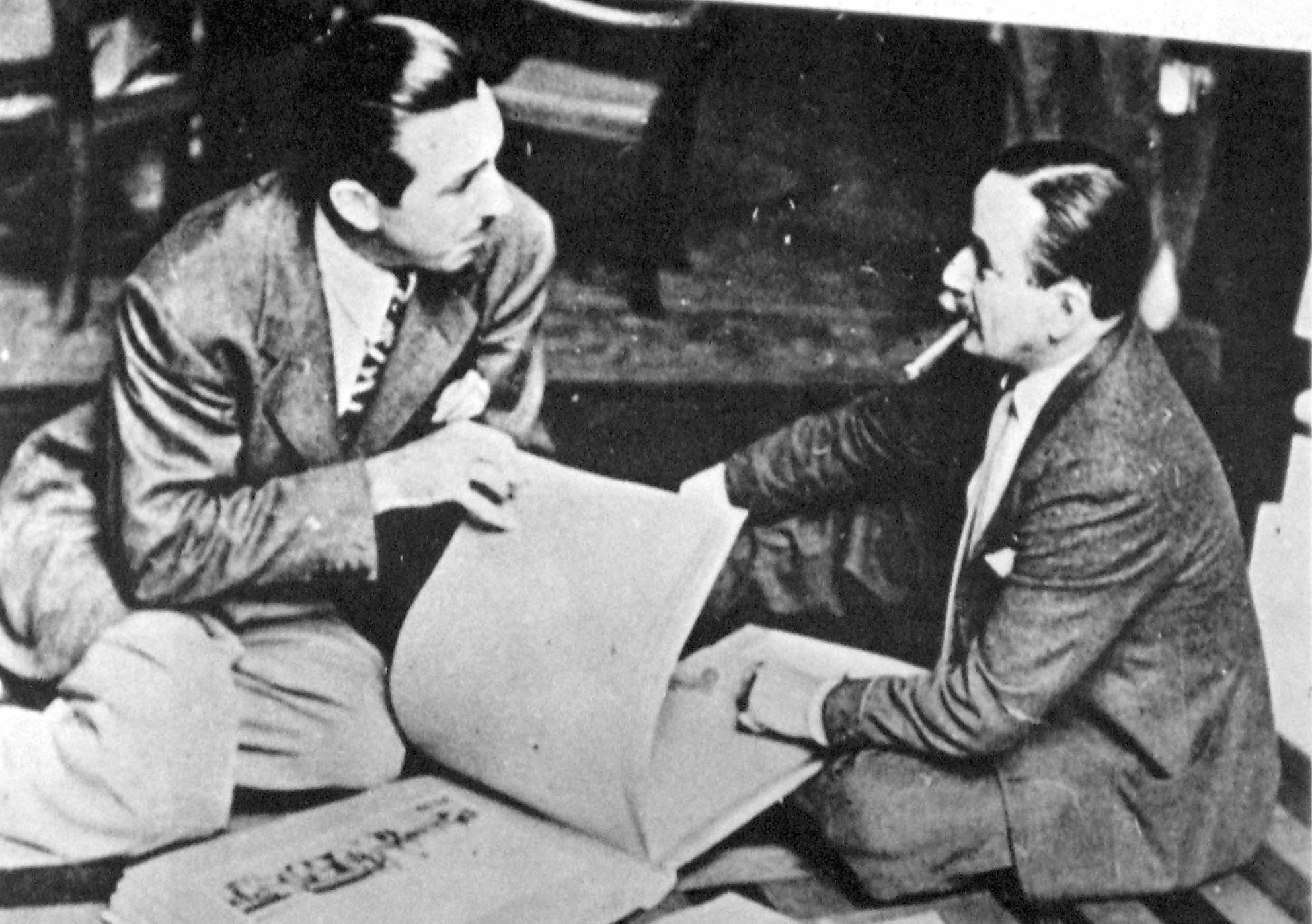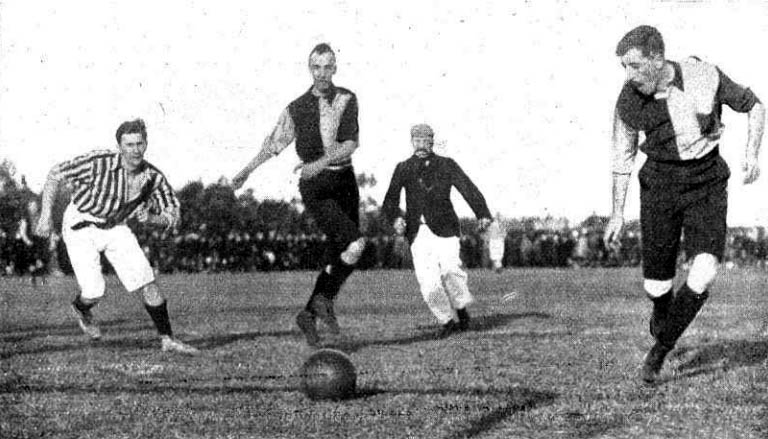|
Hesperidina
Hesperidina is a classic Argentine apéritif made from bitter and sweet orange peels, which contain a high number of flavonoids. The beverage has antioxidant effects because of the flavonoids. Its name was taken from the Greek myth of Hesperides. The Hesperidina was invented by Melville Sewell Bagley and manufactured by the company established by him, Bagley Argentina. Since Bagley ceased production of Hesperidina, the apéritif has been produced by other brands, such as Tres Blasones and more recently, Grupo Cepas, which acquired the brand in 2018. History This alcoholic drink was invented in 1864 by a United States immigrant, Melville Sewell Bagley, in Buenos Aires, Argentina. Bagley was a native of the state of Maine. He had been involved in the dry goods business in New Orleans before the outbreak of the American Civil War. After the outbreak he emigrated to Buenos Aires where he worked at "La Estrella" pharmacy, located on Defensa and Alsina streets. Bagley experimente ... [...More Info...] [...Related Items...] OR: [Wikipedia] [Google] [Baidu] |
Melville Sewell Bagley
Melville Sewell Bagley (born July 10, 1838 in Bangor, Maine – died July 14, 1880 in Buenos Aires, Argentina Buenos Aires ( or ; ), officially the Autonomous City of Buenos Aires ( es, link=no, Ciudad Autónoma de Buenos Aires), is the capital and primate city of Argentina. The city is located on the western shore of the Río de la Plata, on South ...) was the originator of the archetypical Argentine national liqueur Hesperidina and holder of the first patent and trademark to be registered in Argentina on that product. (The story of Hesperidina] on ''Rolling Stone'' Argentine edition Biography [...More Info...] [...Related Items...] OR: [Wikipedia] [Google] [Baidu] |
Bagley (Argentine Company)
Bagley Argentina S.A. is an Argentine food company with its main plant located in Buenos Aires. Established by U.S.-born entrepreneur Melville Sewell Bagley in 1864, the company (owned by French multinational Danone since 1994) had a wide variety of brands, having specialised in the production of crackers and cookies. At the moment of being acquired by Danone, Bagley was the main cookies producer of Argentina. Nowadays, some of Bagley's brands (like ''Chocolinas'', ''Rumba'' and ''Criollitas'') are also marketed by Arcor, which is associated with Danone for cookies production in Argentina. History The company was established in Buenos Aires in 1864 by American entrepreneur Melville Sewell Bagley, when the company launched famous apéritif Hesperidina.Bagley celebra 150 años on The Food Tech, Dec 2020 [...More Info...] [...Related Items...] OR: [Wikipedia] [Google] [Baidu] |
Roberto Goyeneche
Roberto Goyeneche (January 29, 1926 in Saavedra, Buenos Aires, Saavedra, Autonomous City of Buenos Aires – August 27, 1994 in Buenos Aires) was an Argentina, Argentine Tango music, tango singer of Basque people, Basque descent, who epitomized the archetype of 1950s Buenos Aires' Bohemianism, bohemian life, and became a living legend in the local music scene. He was known as ''El Polaco'' ("the Poland, Pole") due to his blond hair, and thinness, like the Polish immigrants of the time. He is identified with the neighborhood of Saavedra, Buenos Aires, Saavedra, where he grew up. Career Roberto Goyeneche was formed in the style of the tango of Carlos Gardel, later reached a more personal style characterised by his particular way of phrasing with rubato. In 1944, at the age of 18, he joined Raúl Kaplún's orchestra after winning a local contest and soon gave his live debut performance on Radio Belgrano. In 1952 Goyeneche teamed up with Horacio Salgán. In 1956, he became the si ... [...More Info...] [...Related Items...] OR: [Wikipedia] [Google] [Baidu] |
Saavedra, Buenos Aires
Saavedra is a barrio or neighbourhood of Buenos Aires, Argentina. It is located in the Northern end of the city, close to Nuñez and Villa Urquiza. Its northern border is Avenida General Paz. Among the main features of the neighbourhood is the Parque Saavedra ( en, Saavedra Park), which has large picnic areas and sports facilities. Many inhabitants of Buenos Aires pass through Saavedra en route to their weekends in the country. The neighbourhood's most famous son is tango singer Roberto Goyeneche. Also, it was the cradle of Platense football club. The main characters of Adolfo Bioy Casares's novel ''El Sueño de los Héroes'' ( en, Dream of Heroes) live in Saavedra. The interchange between the Pan-American Highway and Avenida General Paz is at Saavedra's northern end. Points south were the site of extensive demolition during the late 1970s tenure of military-appointed Mayor Osvaldo Cacciatore, who planned a network of new expressways including one through Saavedra, one of ... [...More Info...] [...Related Items...] OR: [Wikipedia] [Google] [Baidu] |
Gaucho
A gaucho () or gaúcho () is a skilled horseman, reputed to be brave and unruly. The figure of the gaucho is a folk symbol of Argentina, Uruguay, Rio Grande do Sul in Brazil, and the south of Chilean Patagonia. Gauchos became greatly admired and renowned in legend, folklore, and literature and became an important part of their regional cultural tradition. Beginning late in the 19th century, after the heyday of the gauchos, they were celebrated by South American writers. The gaucho in some respects resembled members of other nineteenth century rural, horse-based cultures such as the North American cowboy ( in Spanish), of Central Chile, the Peruvian or , the Venezuelan and Colombian , the Ecuadorian , the Hawaiian , the Mexican , and the Portuguese . According to the , in its historical sense a gaucho was a "mestizo who, in the 18th and 19th centuries, inhabited Argentina, Uruguay, and Rio Grande do Sul in Brazil, and was a migratory horseman, and adept in cattle work". In Arg ... [...More Info...] [...Related Items...] OR: [Wikipedia] [Google] [Baidu] |
Florencio Molina Campos
Florencio Molina Campos (birth name, Florencio de los Ángeles Molina Campos, August 21, 1891 – November 16, 1959) was an Argentine illustrator and a painter known by his typical traditional scenes of the Pampa. His work represents gauchesco scenes with a bit of humor. Biography Molina Campos was born in Buenos Aires. His first exhibition was at the Central Hall of the Argentine Rural Society, in 1926. Marcelo Torcuato de Alvear, the President of Argentina at that time, named him art teacher of the "Colegio Nacional Avellaneda" after seeing the exhibition. In 1930, the Alpargatas company, makers of espadrilles, under the supervision of engineer Luis Pastorino, commissioned 12 illustrations (using gouache technique) from him for their 1931 calendar. These were so successful that Molina Campos continued to provide the drawings for the next 12 years. In 1942 he exhibited at the Modern Art Museum of San Francisco, which following the exhibition toured the United States. In 19 ... [...More Info...] [...Related Items...] OR: [Wikipedia] [Google] [Baidu] |
Francisco Moreno
Francisco Pascasio Moreno (May 31, 1852 – November 22, 1919) was a prominent explorer and academic in Argentina, where he is usually referred to as ''Perito'' Moreno (''perito'' means "specialist, expert"). Perito Moreno has been credited as one of the most influential figures in the Argentine incorporation of large parts of Patagonia and its subsequent development. Life and work Moreno was born to Francisco and Juana Thwaites Madero in Buenos Aires. Raised in a traditional patrician family, he studied in local parochial schools. He shared his spare time with his father searching for artifacts and fossils and, at age 14, created a homemade museum of his extensive collections. Following graduation in 1872, he participated in the founding of the Argentine Scientific Society. He embarked on the first of the series of scientific expeditions that made him well known: a survey of Río Negro Territory, largely uncharted country. In January 1876, he reached Lake Nahuel-Huapi in the so ... [...More Info...] [...Related Items...] OR: [Wikipedia] [Google] [Baidu] |
Julio Cortázar
Julio Florencio Cortázar (26 August 1914 – 12 February 1984; ) was an Argentine, nationalized French novelist, short story writer, essayist, and translator. Known as one of the founders of the Latin American Boom, Cortázar influenced an entire generation of Spanish-speaking readers and writers in America and Europe. He is considered one of the most innovative and original authors of his time, a master of history, poetic prose and short story in general and a creator of important novels that inaugurated a new way of making literature in the Hispanic world by breaking the classical moulds through narratives that escaped temporal linearity. He lived his childhood and adolescence and incipient maturity in Argentina and, after the 1950s, in Europe. He lived in Italy, Spain, and in Switzerland. In 1951, he settled in France for more than three decades and composed some of his works there. Early life Julio Cortázar was born on 26 August 1914, in Ixelles,Cortázar sin barb ... [...More Info...] [...Related Items...] OR: [Wikipedia] [Google] [Baidu] |
Sociedad Sportiva Argentina
The Sociedad Sportiva Argentina was an Argentine multi-sports club sited in Buenos Aires. The headquarters were located in Florida street nº 183 while the stadium was sited in Palermo, next to Hipódromo Argentino. Originally established in 1899 under the name "Sociedad Hípica Argentina" for the practise of equestrian activities, the Sociedad Sportiva would held a large variety of sport events in several disciplines, such as football, athletics, auto racing, aviation, aerostatics, aeronautics, boxing, bicycle racing, motorcycle racing, polo, rugby union, trot, sulky races, show jumping, among others."La Sportiva" on Viejos Estadios website The institution (nicknamed ''La Sportiva'') was the main sports club of Argentina in the 1910 decade, apart of being considered a predecessor of the [...More Info...] [...Related Items...] OR: [Wikipedia] [Google] [Baidu] |





